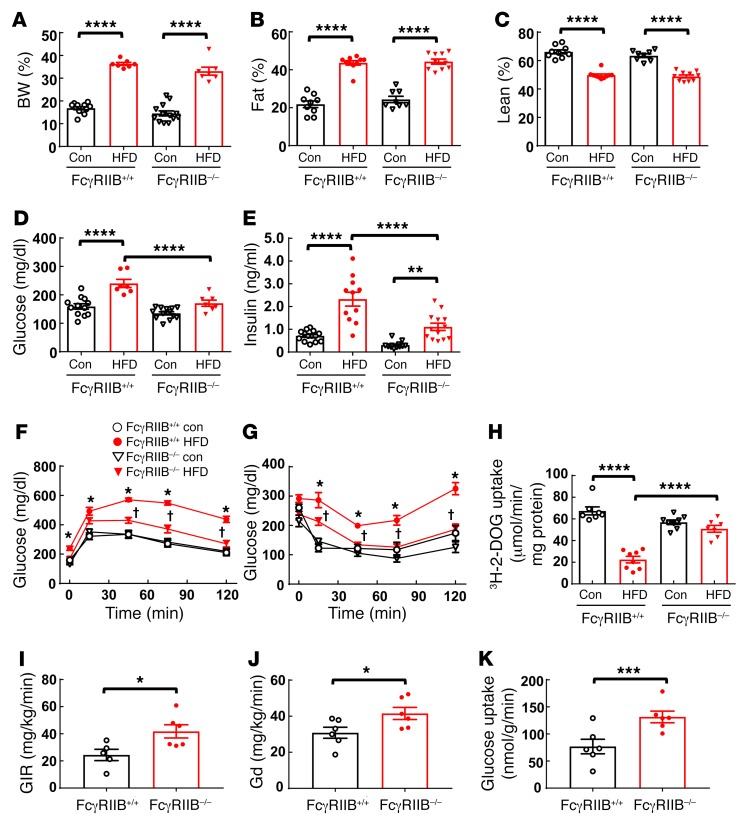Figure 1. FcγRIIB–/– mice are protected from obesity-induced glucose intolerance and insulin resistance.
Beginning at 5 weeks of age, male FcγRIIB+/+ and FcγRIIB–/– mice were fed a control diet (Con) or a HFD for 12 weeks, and BW (A) and fat and lean mass (B and C) were evaluated. Fasting blood glucose (D) and insulin (E) levels were measured (n = 7–13), and a GTT (F) was performed. Following a 1-week recovery while continuing the assigned diets, the mice were fasted, and an ITT (G) was performed. (F and G) n = 6–13. *P < 0.05 versus FcγRIIB+/+ control; †P < 0.05 versus FcγRIIB+/+ HFD. (H) Following another week of recovery, the mice were fasted, and [3H]-2-deoxyglucose (3H-2-DOG) uptake in skeletal muscle was measured. n = 7–8. (I–K) Euglycemic-insulinemic clamps were performed on mice on a HFD, and the GIR (I), peripheral Gd (J), and skeletal glucose uptake (K) were evaluated. n = 5–6. Values represent the mean ± SEM. *P < 0.05, **P < 0.01, ***P < 0.005, and ****P < 0.001, by 1-way ANOVA with Tukey’s post-hoc test (A–E and H), 2-way ANOVA with Tukey’s post-hoc test (F and G), and Student’s t test (I–K).

